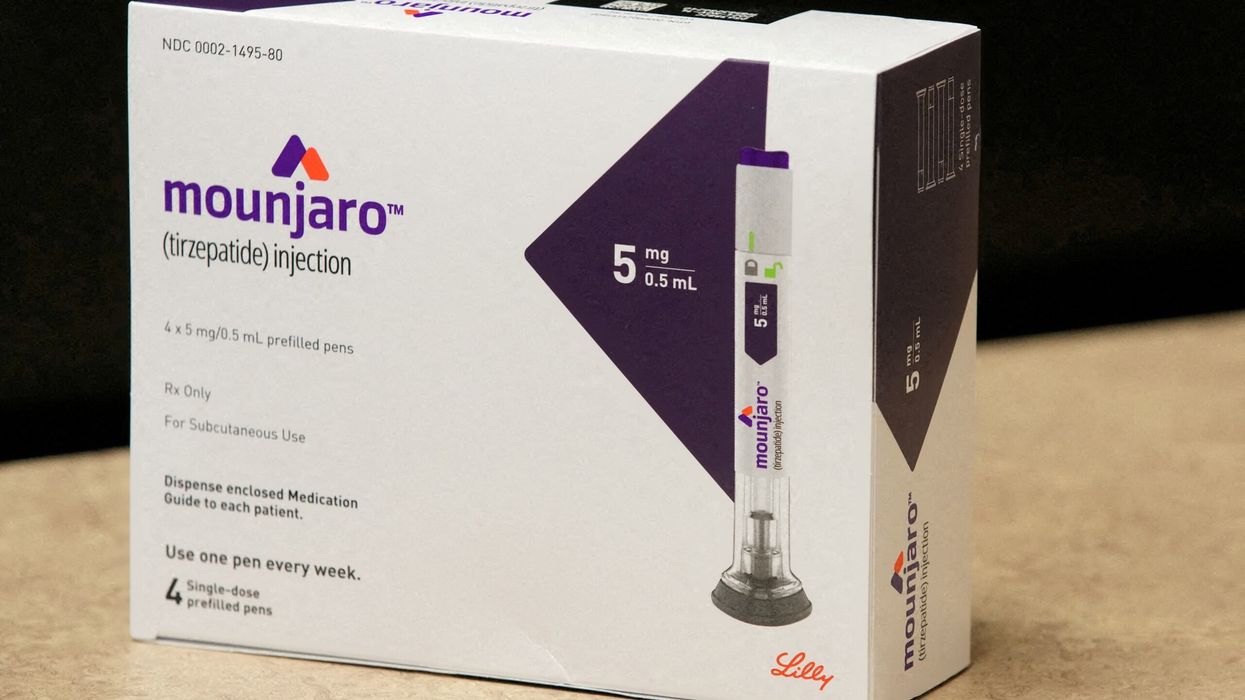INDIA's Jet Airways can now resume commercial flights as the directorate general of civil aviation (DGCA) on Friday (20) granted Air Operator Certificate (AOC) to the grounded airline.
A senior DGCA official said that the airline had been granted AOC, the final step in a comprehensive regulatory and compliance process involving several procedural checks for the airline’s operational readiness.
The airline said that it plans to recommence commercial operations in the next quarter of this year (July-September 2022).
The airline had on May 17 conducted the second and final set of two proving flights with 31 people on board, including DGCA officials.
Earlier, on May 15 the airlines had conducted the first set of three proving flights with 18 people on board, including DGCA officials. Proving flights on certain domestic routes is necessary to apply for AOC. A total of five landings have to be done by the aircraft to complete its proving flights.
"The airline has completed all requisite operations that require the grant of air operator certificate (AOC) by aviation regulator DGCA," said the official.
The grant of the AOC revalidates the confidence of the DGCA in the operational preparedness of Jet Airways, the statement said.
Jet Airways suspended operations in 2019 after its promoters failed to provide liquidity and the insolvency resolution process started for the airline in June 2019.
Earlier, the airline was owned by Naresh Goyal and had operated its last flight on April 17, 2019. The Jalan-Kalrock Consortium is currently the promoter of Jet Airways.
(Agencies)

















Police may probe anti-Israel comments at Glastonbury